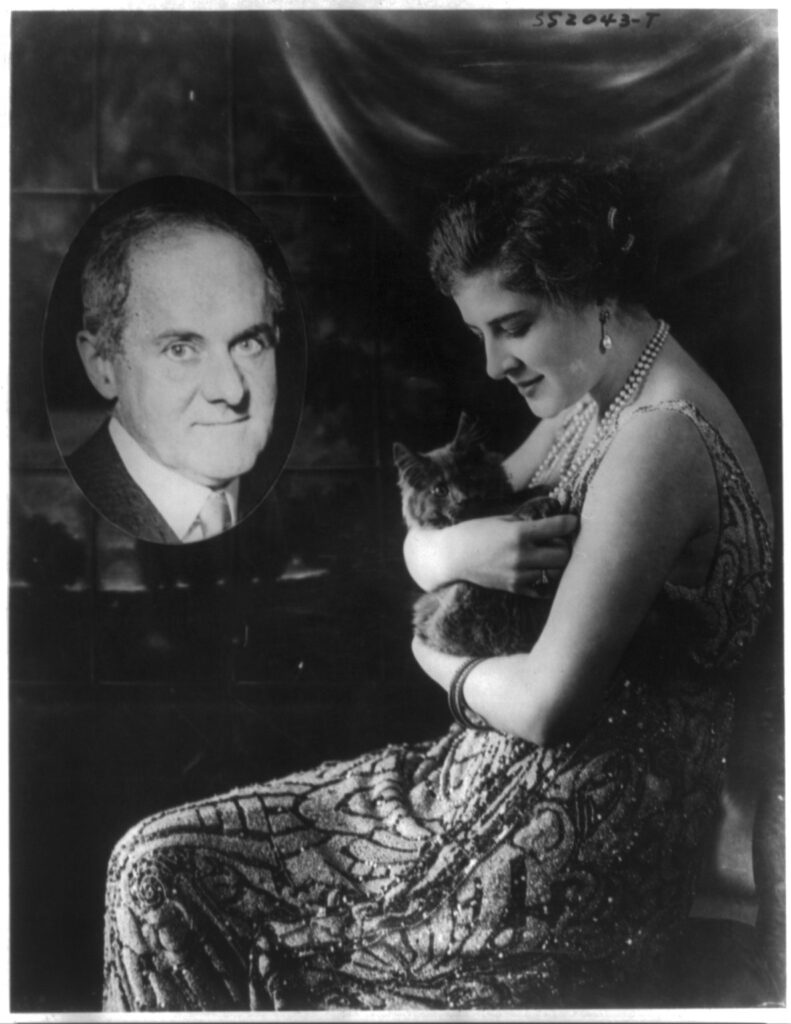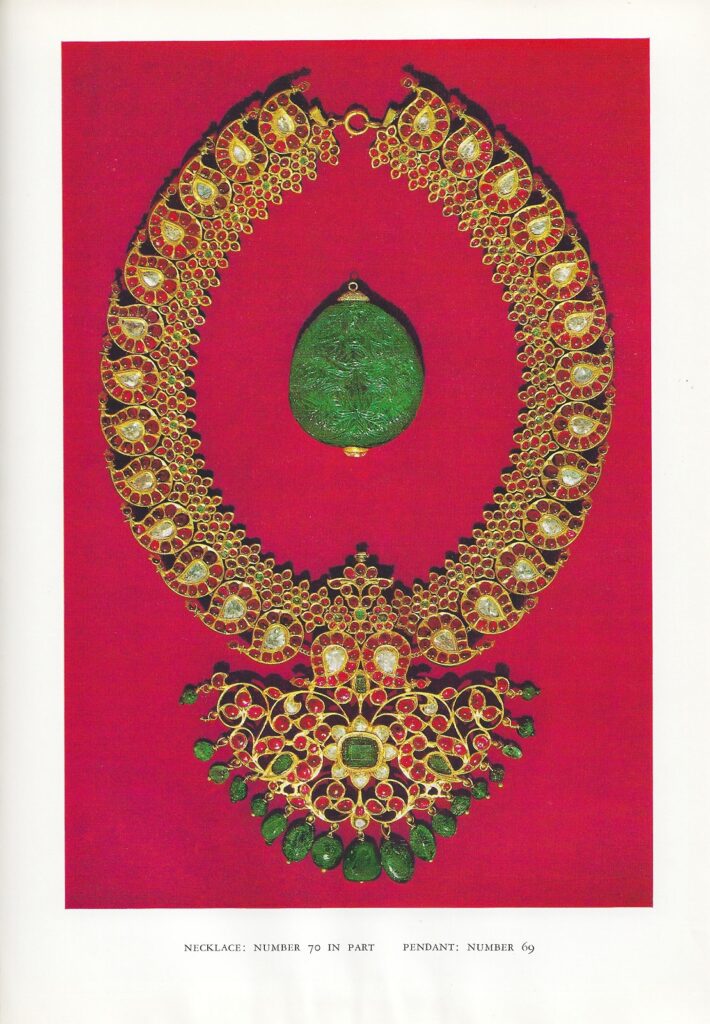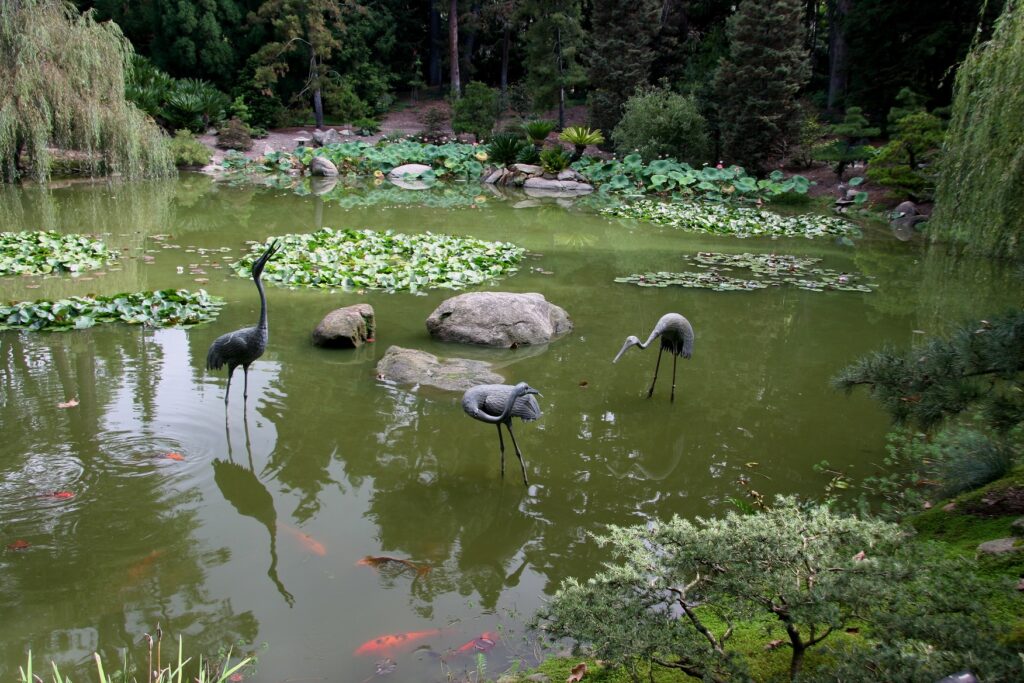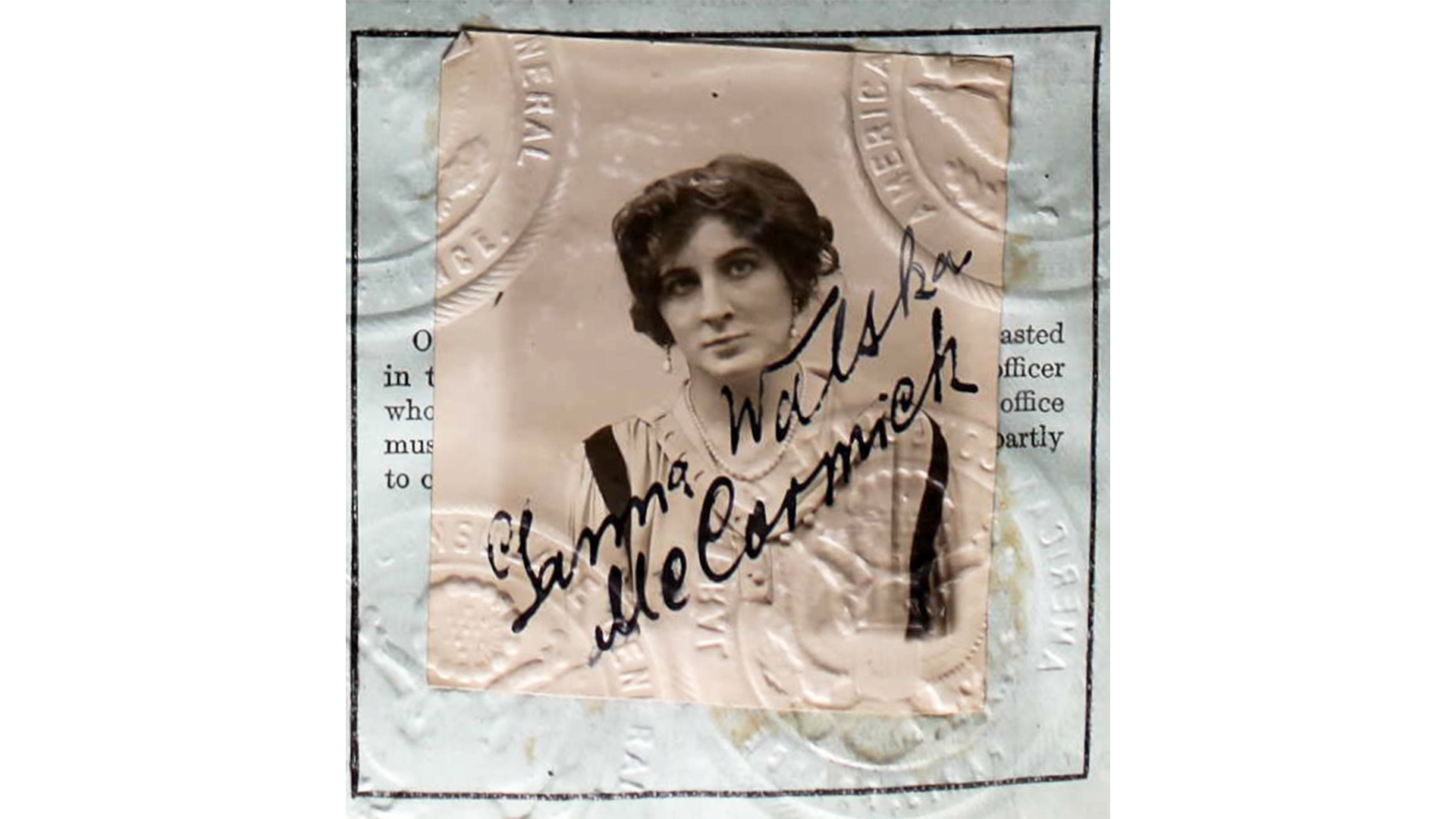Ambitious, audacious and attractive, Ganna Walska had an eye for fabulous jewels and the money to indulge her passion. She was an opera singer who owned a theater, made perfume, was married six times and eventually turned her creative talents to building what has become one of the top ten gardens in the world, Lotusland.
Madame Ganna Walska was born in 1887 in Poland — she was a little cagey about her age, so there are varying dates on her birth year, but most sources note it is as 1887. Her name was Hanna Puacz, but at a very early age Ganna knew that she wanted to sing professionally, so she changed her name. Ganna is the Russian version of Hanna and she made up Walska as a riff on her favorite dance — the waltz. Her pursuit of opera stardom from the 1920s until the late 1940s led Ganna to perform in the U.S. and Europe, where she made myriad contacts and connections, including marrying two of the world’s wealthiest men.
The Early Years
Ganna’s notoriety began when she was attending a royal ball in St. Petersburg, Russia, where she was selected as the most beautiful woman at the dance. It wasn’t long after when Ganna married Count Arcadie d’Eingorn. There are two accounts of what happened to this marriage, one says that the Count was a heavy drinker and partyer and she divorced him over his bad behavior, the other account notes that the Count, who was quite a bit older than Ganna, came down with tuberculosis, so they went to Switzerland for his treatment where he died. Either way, a single Ganna made a brief move to Paris, fleeing for the U.S. in 1915 when World War I exploded in Europe.
Moving to New York
Shortly after arriving in New York, Ganna went to see the very wealthy Dr. Joseph Fraenkel about strained vocal cords. They married in 1916, just ten days after they met. Two years later Ganna had a big break in her career when she shared the stage with opera great Enrico Caruso. This led to a stint at the Chicago Opera. It was in Chicago that Ganna met millionaire Harold McCormick, chairman of the International Harvest Company and patron of the Chicago opera. In 1920, Dr. Fraenkel died and a grieving Ganna decided to head to Paris.
The World’s Wealthiest Men

On the boat to Paris, she consorted with two of the world’s wealthiest men, both vying for her affections. The first was Harold McCormick who she ran into by chance. He introduced her to the world’s richest man, carpet tycoon, Alexander Smith Cochran, who was of course, immediately enchanted by Ganna and allegedly proposed after a few days of their meeting. He gave her a pearl ring to seal his intentions letting her know that if she decided not to marry him to send back the ring. After much persuasion, Ganna finally married Cochran in Paris in 1920. In her autobiography, Always Room at the Top, published in 1943, Ganna says of Cochran, “…he was the most miserable man I ever met.”
It was however through Cochran that Ganna was able to indulge in her love of jewels. According to the book Famous Jewelry Collectors by Stefano Papi and Alexandra Rhodes, Cochran’s wedding present to Ganna was “to go with carte blanche to Cartier and choose anything.” It’s uncertain as to what Ganna chose for her wedding gift, but Papi and Rhodes speculate that it was the 95-carat yellow briolette diamond that she later sold.
Opera Over Love

Shortly after the couple returned to the U.S. Ganna was excited to continue her operatic career with Cochran’s blessing. Unfortunately, Cochran soon changed his mind and made it extremely difficult if not impossible for Ganna to pursue her career. They divorced and a mere ten days later, Ganna married Harold McCormick in Paris (by some accounts they married in Salzburg). However, a notice in the February 13, 1923 Modesto Bee explains the need for a second ceremony when the couple returned to Chicago and seems to confirm a Paris wedding: “Harold F. McCormick and Ganna Walska were married today at the McCormick home in Lake Forest. The Rev. Fred V. Hawley performed the ceremony. They had previously married in France, but the French ceremony was not recognized in Illinois, due to the fact that it occurred within one year after the divorce of McCormick from his first wife, Mrs. Edith Rockefeller McCormick.”
Harold McCormick was a great husband, he supported Ganna’s career, despite terrible reviews for her singing and gifted her with incredible jewelry, much of it from Cartier. Ganna had a penchant for the exotic and McCormick’s gifts included a sapphire and emerald bead necklace that showcased a 256.60-carat Mogul engraved emerald and a chimera bangle. Despite his support and fabulous gifts, the couple divorced in 1931 because she wanted to be in Paris and he wanted to be in Chicago.
More From Cartier

Ganna went to Paris and continued to collect jewelry from Cartier after her divorce. She was said to have acquired a Cartier Tutti Frutti necklace during this time. The opera singer loved big jewelry and big stones and she added jewels from Van Cleef & Arpels and Seaman Schepps as well as vintage pieces to her collection.
Along the way she met and married British inventor Harry Grindell Matthews, but divorced him after a couple of years due to his jealous nature. After the divorce, Ganna headed back to the U.S., landing in New York City. She had always been interested in spirituality so while Ganna was in New York, she began taking yoga lessons and fell in love yet again. This time with Theos Bernard, a much younger scholar of Tibetan Buddhism and yoga. The pair eloped, marrying in Las Vegas and then settling in Montecito, California in 1941, where Ganna purchased the 37-acre Cuesta Lindo Estate. The estate was renamed Tibetland and was intended to be a spiritual center for Tibetan monks. Ganna had a large collection of Tibetan art and books which she displayed in the library. Due to World War II the estate was never used for its intended purpose as the monks couldn’t travel. Meanwhile, Bernard took off with some of the Tibetan books and art and sued Ganna for divorce and spousal support. Luckily, Ganna had a solid pre-nup and Bernard got caught committing perjury so he got nothing. He was also her last husband. The name Tibetland was changed to Lotusland, a tribute to the lotus flowers growing in one of the ponds.
Building Lotusland

Ganna had given up her singing career sometime in the 1940s and she turned her creative talents to building Lotusland into a world class garden. On April 1, 1971 she sold 146 pieces of her jewelry through an auction at Parke-Bernet in New York City. It was the auction of the season, with socialites, such as Doris Duke, vying for Ganna’s jewels alongside the likes of representatives from Van Cleef & Arpels and Harry Winston. Despite the fact that the U.S. was in a recession at the time, all the lots sold and the sale tallied up $916,000, about double what was anticipated. She invested the money from the sale of her jewels into Lotusland, working with landscapers to create a fantasy garden that now ranks as one of the top ten gardens in the world, establishing the Ganna Walska Foundation in 1958 to care for the gardens. She passed away in 1984.
Opera singer, socialite and a woman with a lust for life, Ganna Walska enjoyed her jewelry and then sold it all to create Lotusland, a living legacy from a woman who knew how to enjoy life to the fullest.
Top of Page: Ganna Walska, passport photo, 1922, WikiCommons, Public Domain.
Authored by Amber Michelle
